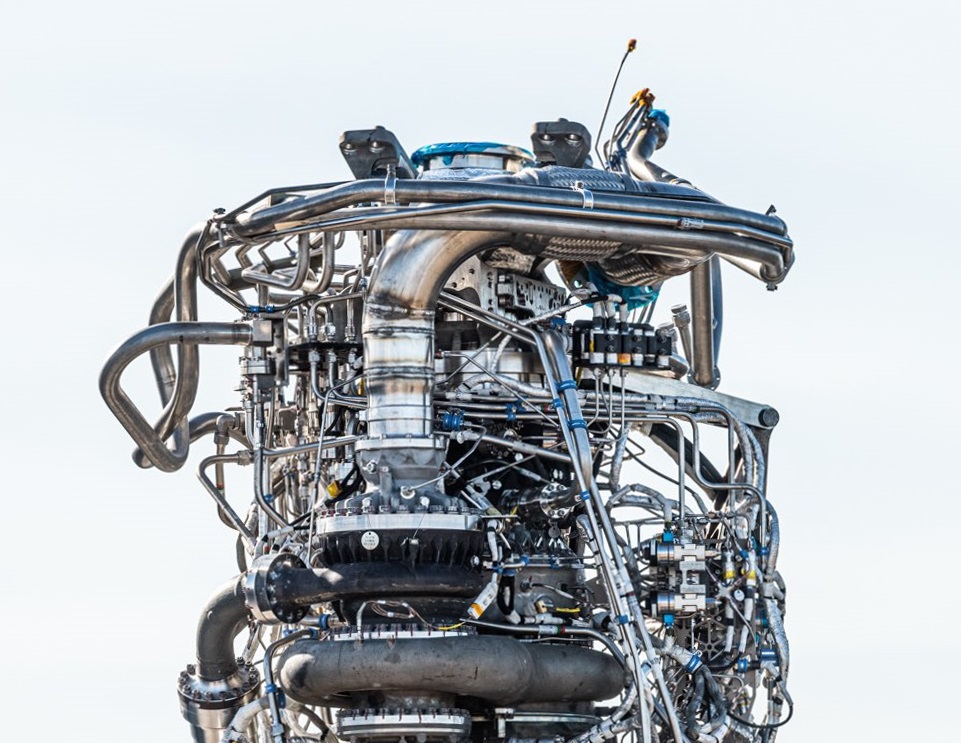Simulation-driven design
Published on
Recently, I wondered what cutting-edge CAD solutions had made it into an application. Thus, I discovered a company that loudly announced the introduction of artificial intelligence into the design process and showed tangible results - Hyperganic. Unfortunately, the big words about using AI turned out to be nothing more than a marketing ploy. Even on their page, they first mention that the product is related to algorithmic design. Although AI is mentioned in the following sections, in practice I did not find any traces of it in the Hyperganic Core product.

